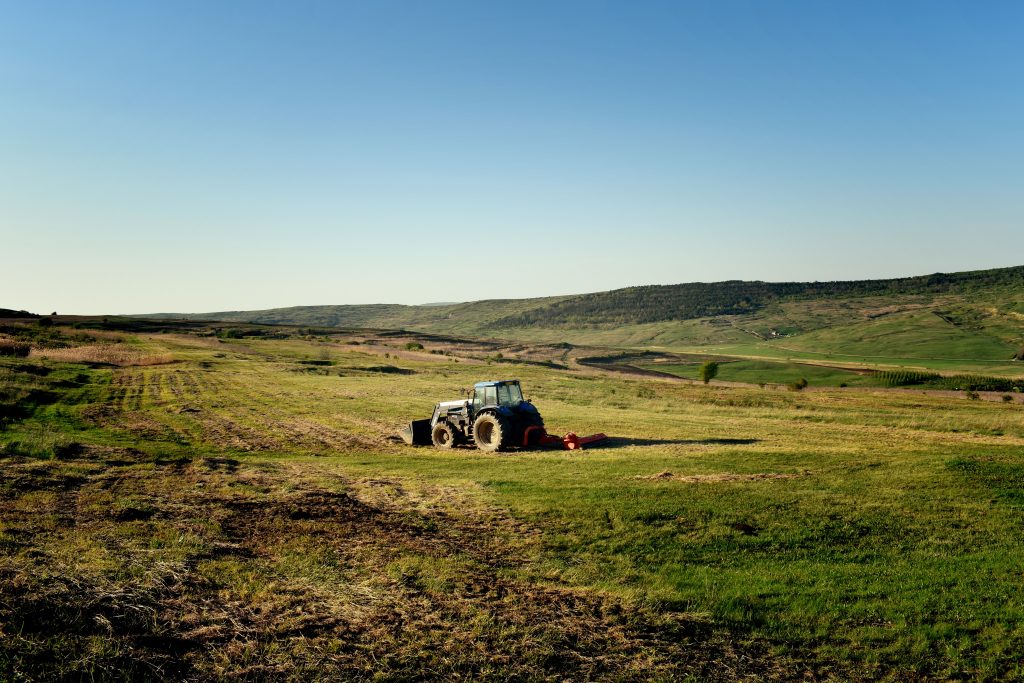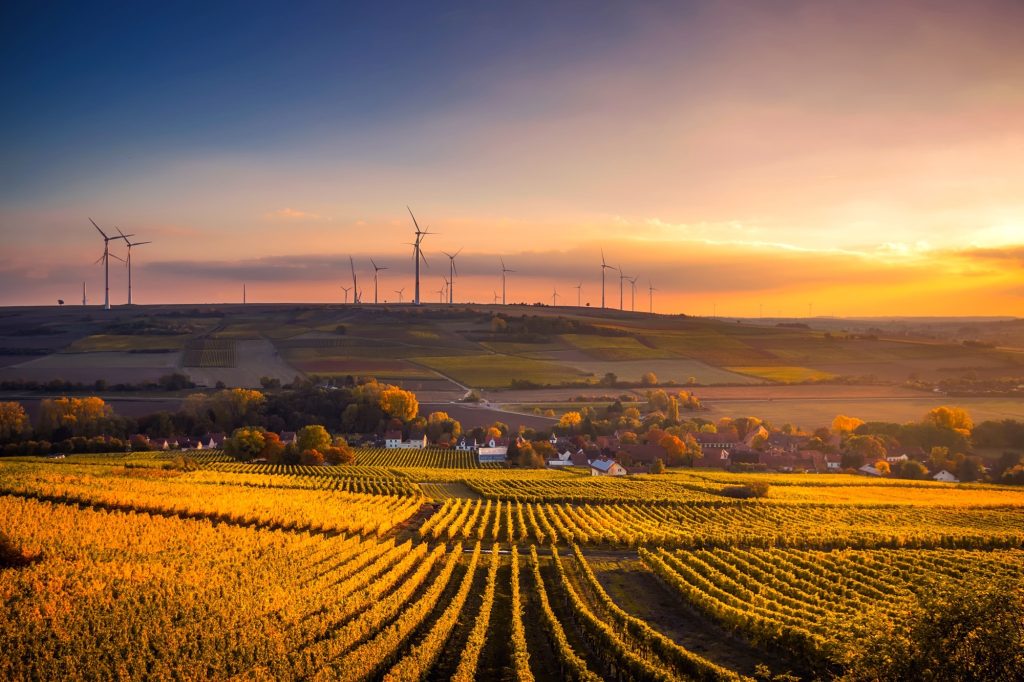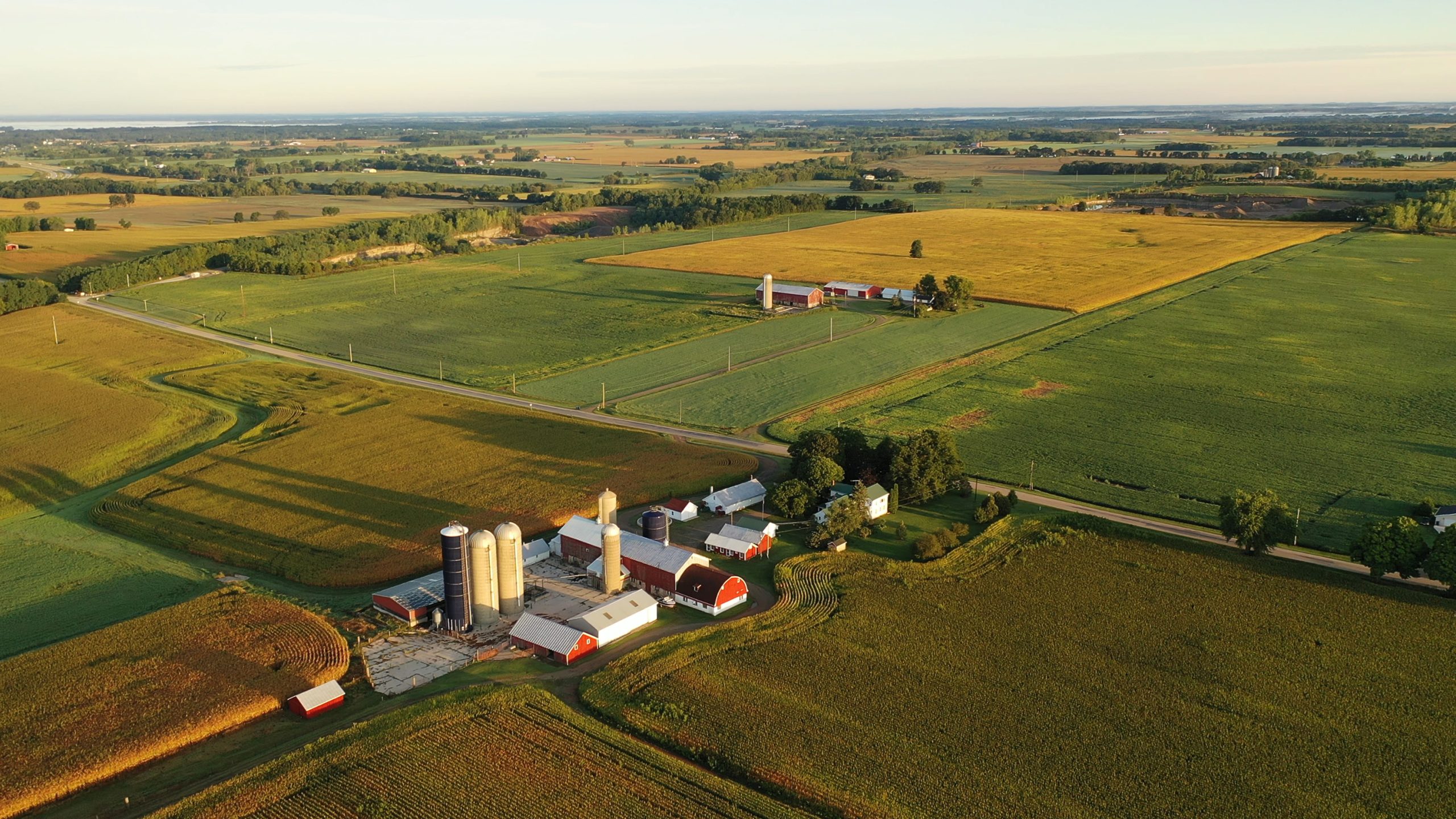Illinois is home to an abundance of natural resources, particularly vast agricultural land, clean water and over 200 billion tons of coal. Natural resources are used to make food, fuel and raw materials for the production of goods, and they also provide heat, light and power. Humans could not live without these resources, which are needed to survive and thrive. Illinois farmland covers 27 million acres, which is about 75 percent of the state’s total land area. Illinois is a top five state for agriculture, ranking only behind California, Iowa, Texas and Nebraska in agricultural cash receipts. As of April 2019, Illinois had 72,000 farms, and the average size of each farm was 375 acres. Agriculture is big business in Illinois, with $10.6 billion worth of goods exported to other countries. About 89 percent of the state’s cropland is considered prime farmland, ranking third in the nation in total prime farmland acreage. In addition, there are hilly areas in the northwest and south parts of the state that provide excellent pasture for livestock.



Water resources are vast, with 119,000 miles of streams, 900 miles of large rivers and more than 91,000 freshwater lakes and ponds in Illinois. In addition, Illinois has jurisdiction over more than 1,500 square miles of open water in Lake Michigan. In Illinois, nearly 3.5 million people get their water from community ground water sources, and just under 9 million receive drinking water from surface water, which includes Lake Michigan and the Chicago region. Surface water sources include rivers, lakes and artificial reservoirs. Ground water sources include aquifers, with the Mahomet Aquifer supplying 100 million gallons of water per day for public use. Large scale water supply systems tend to rely on surface water sources, and smaller water systems tend to use ground water sources.
Industrial minerals have played a critical role in the state’s development since the 18th Century. Major industrial minerals produced in Illinois today include crushed stone (limestone and dolomite), sand and gravel, clay, silica sand, tripoli and peat. Limestone and dolomite are the most widely quarried rocks in Illinois, and crushed stone is the state’s most important rock product. Limestone and dolomite quarries are located mainly in the northwestern part of the state and also in underground mines. These resources are important to all of the state’s industries, including agriculture, construction, manufacturing, energy production, information delivery and transportation.
Illinois contains 22 percent of the Demonstrated Reserve Base of Coal in the U.S., second only to Montana. Of the 200 billion tons of coal estimated to lie underground, the Illinois State Geological Survey estimates about 38 billion tons of that coal can be mined economically. Coal has been mined in 76 counties in Illinois and more than 7,400 coal mines have operated since commercial mining began in 1910. Coal mining grew into a major industry in Illinois with the growth of railroads and increased manufacturing. The three basic types of coal mining are room and pillar, longwall and surface or strip mining.
Illinois and some other states are phasing out the use of fossil fuels, and many coal mines in Illinois have closed or will be closing in the near future. Burning coal to create electricity will be largely banned in Illinois by 2030, as the switch to zero emissions and renewable energy sources is coming front and center. Two coal plants, the Dallman station in Springfield and Prairie State in southern Illinois, must shut down by 2045 or cut carbon dioxide emissions to zero. Prairie State generated nearly one-third of the power produced by all Illinois coal plants in 2021. Efforts to produce ‘clean coal’ have been scarce, mostly due to the sky-high costs involved. Producing clean coal includes a process of capturing carbon emissions from burning coal and storing them in underground pockets of porous rock. This is called carbon capture and storage (CCS).
Illinois getting over $1B to expand broadband internet for farmers : reprosenthal.com/2023/06/28/illinois-getting-over-1b-to-expand-broadband-internet-for-farmers/
